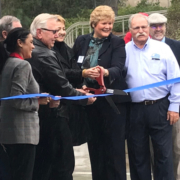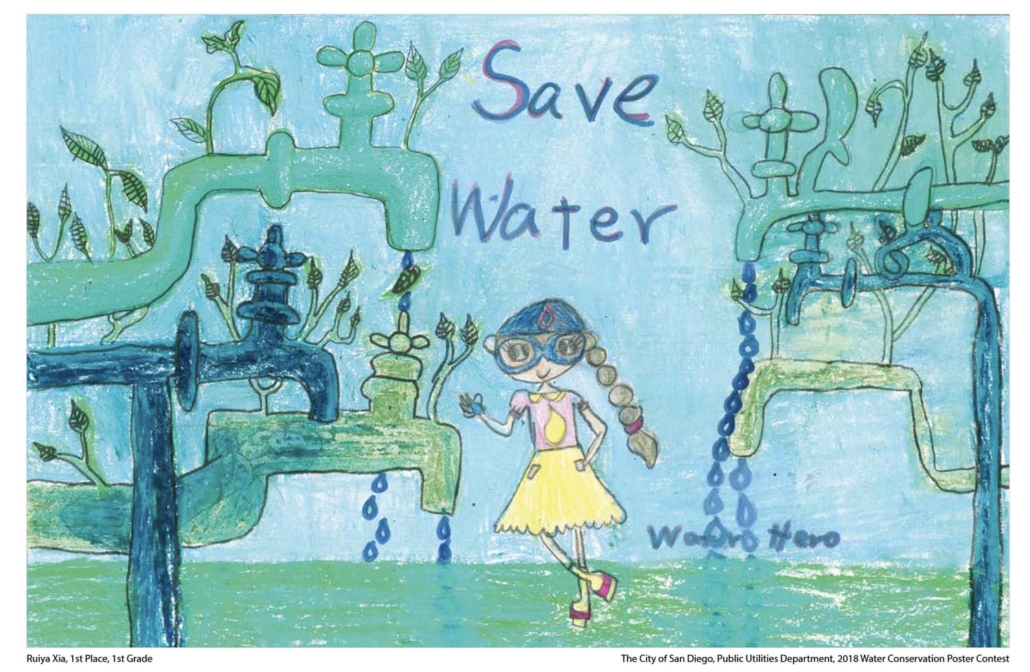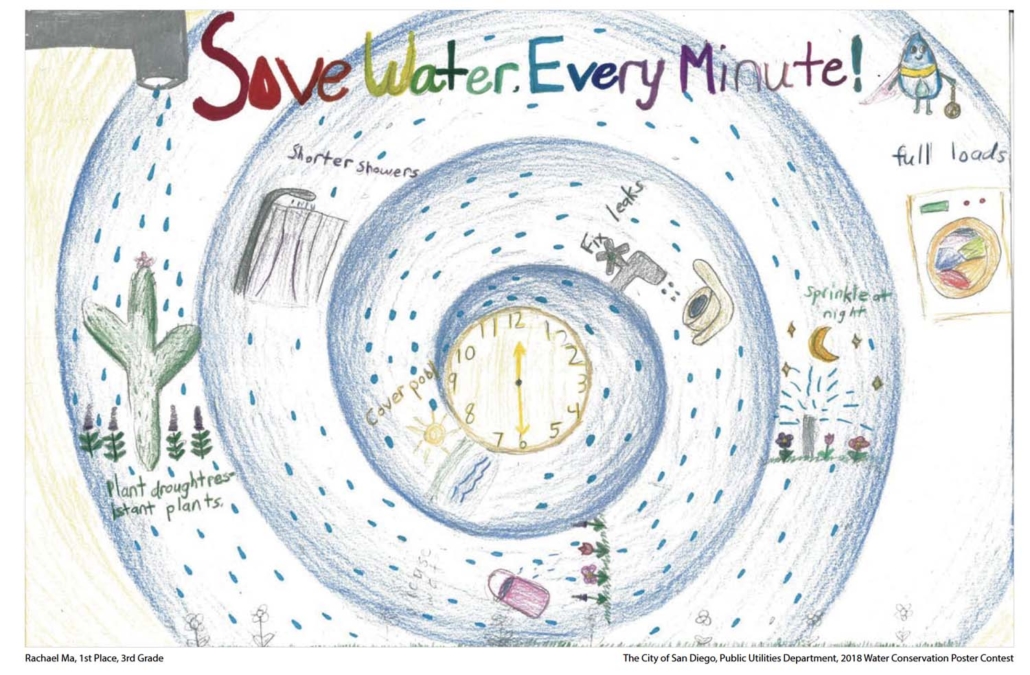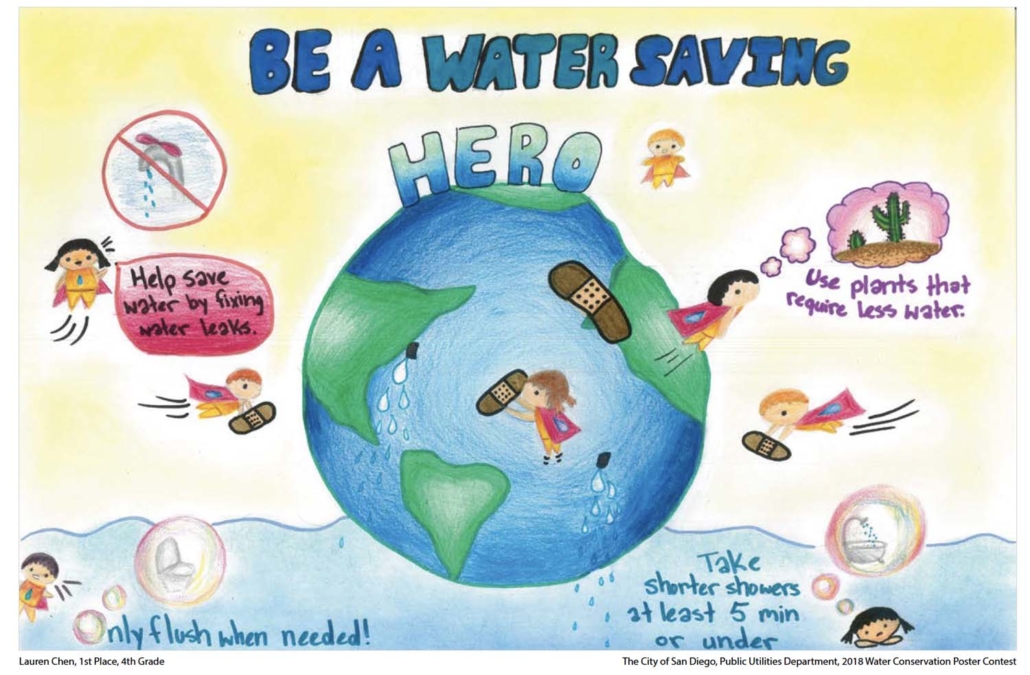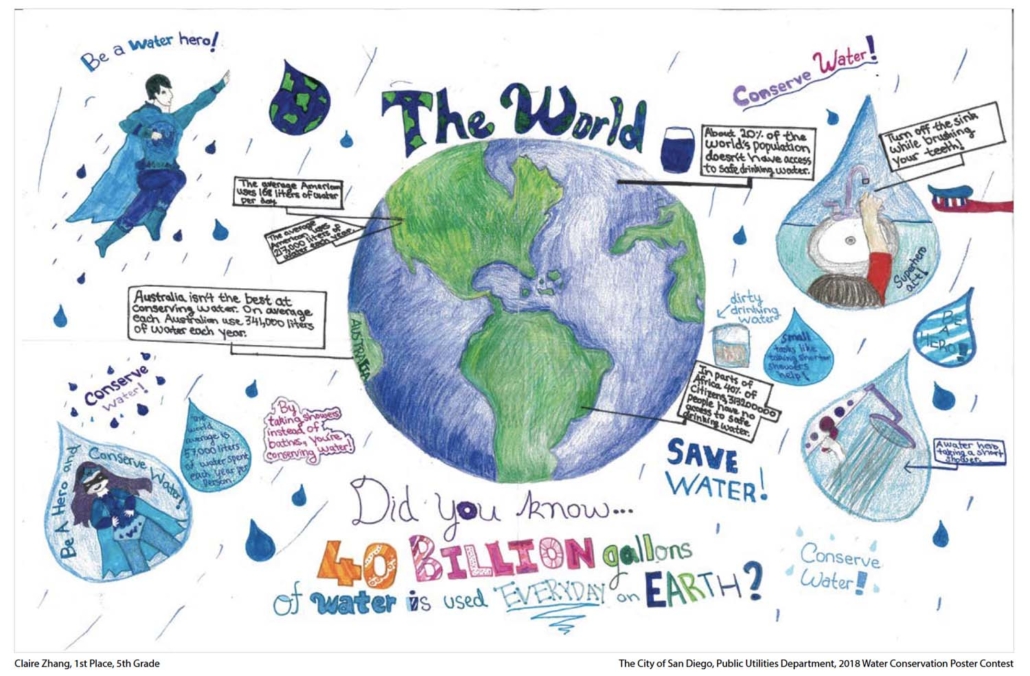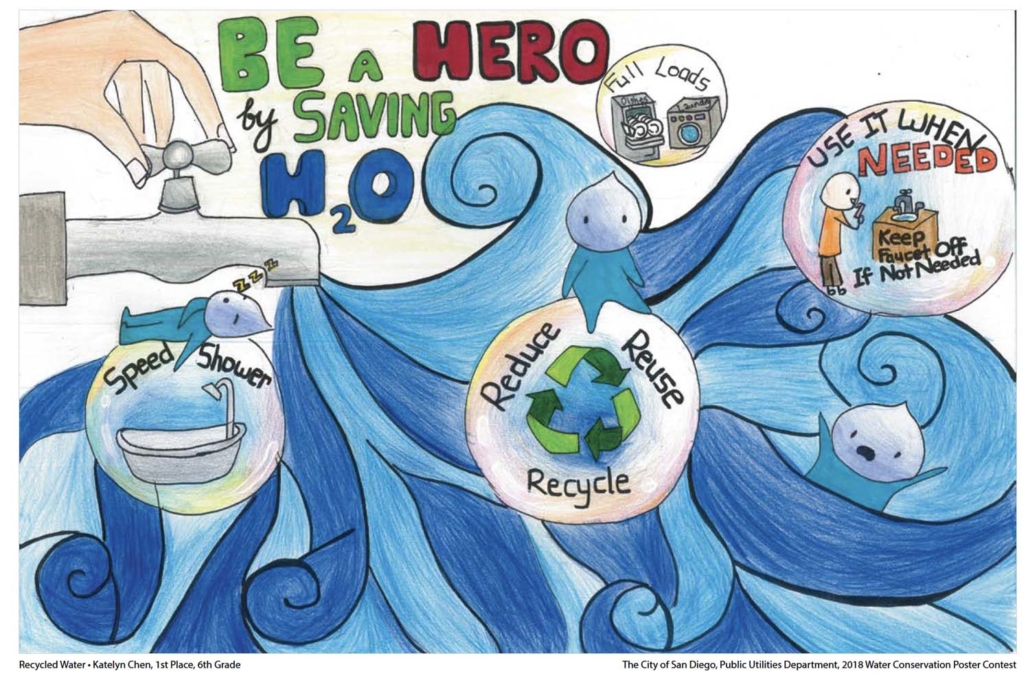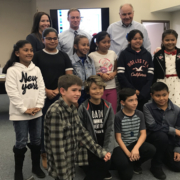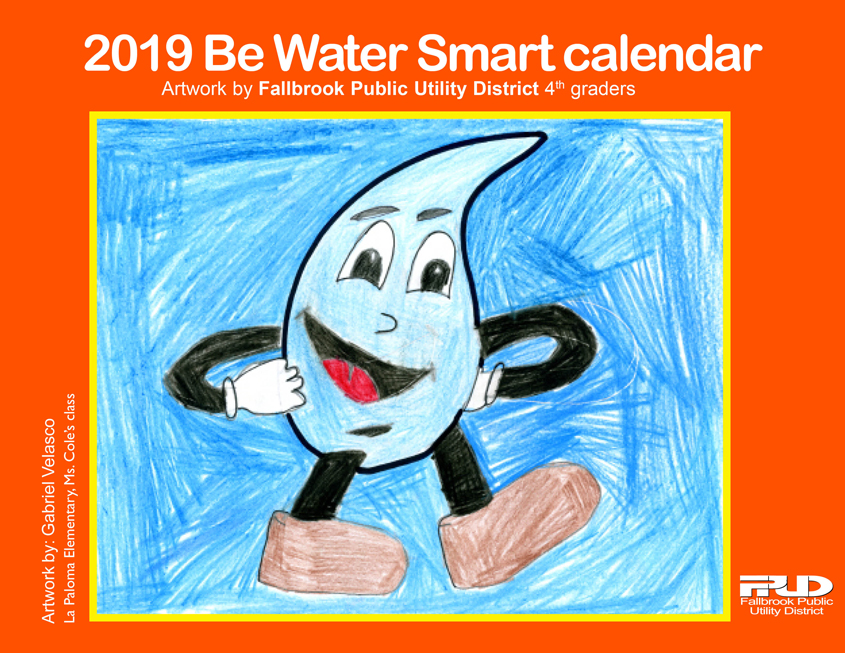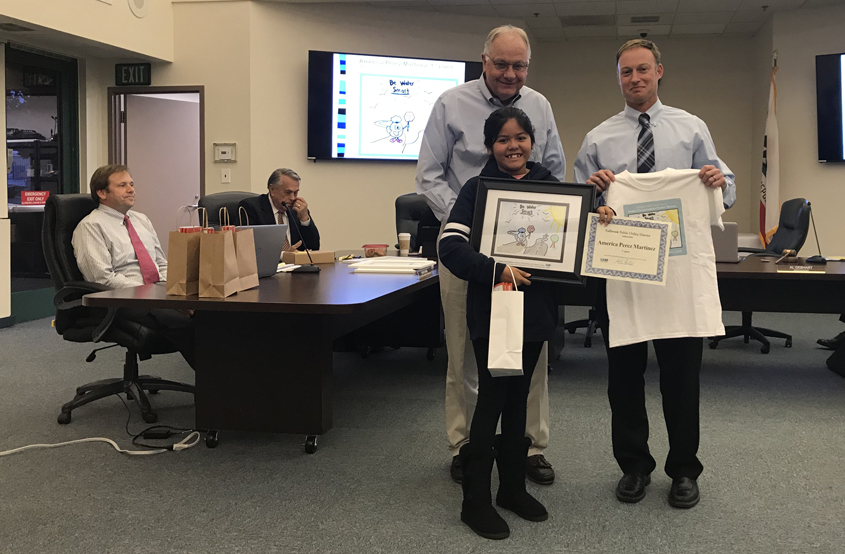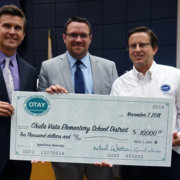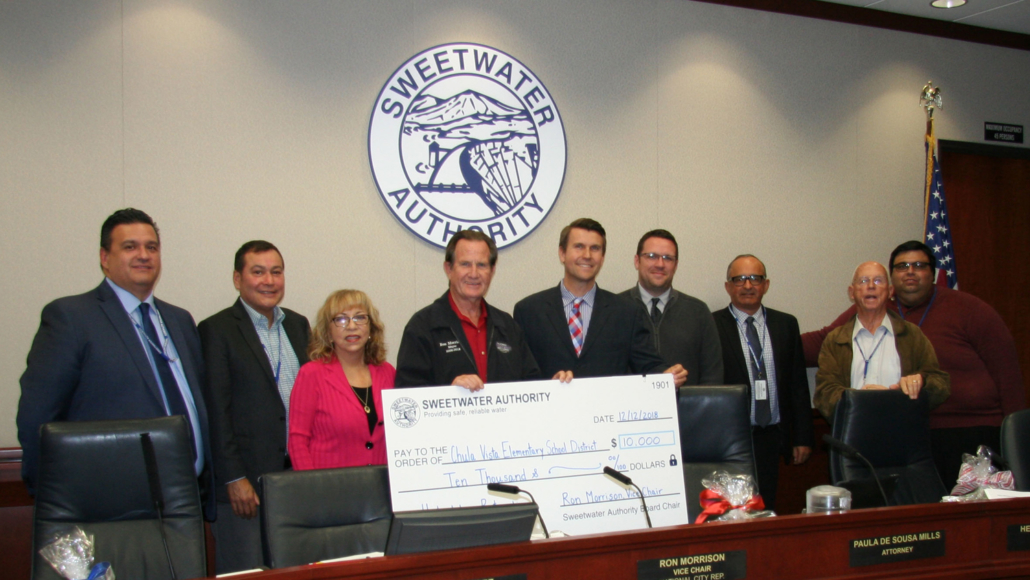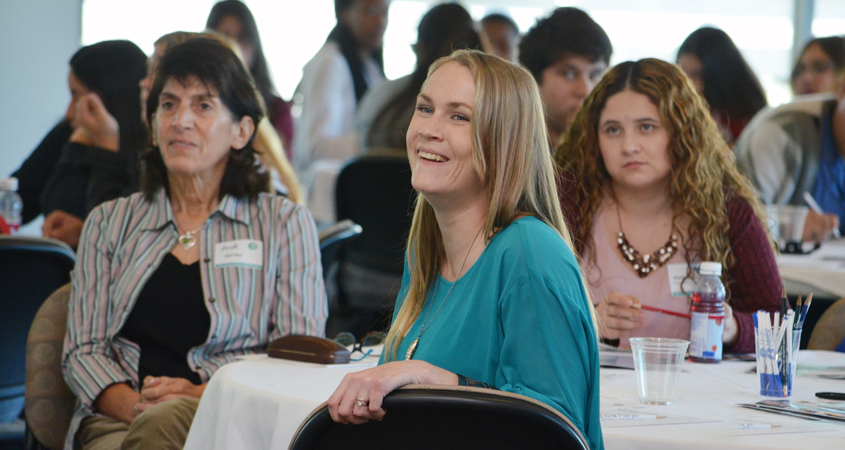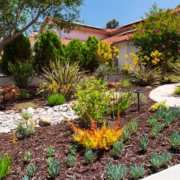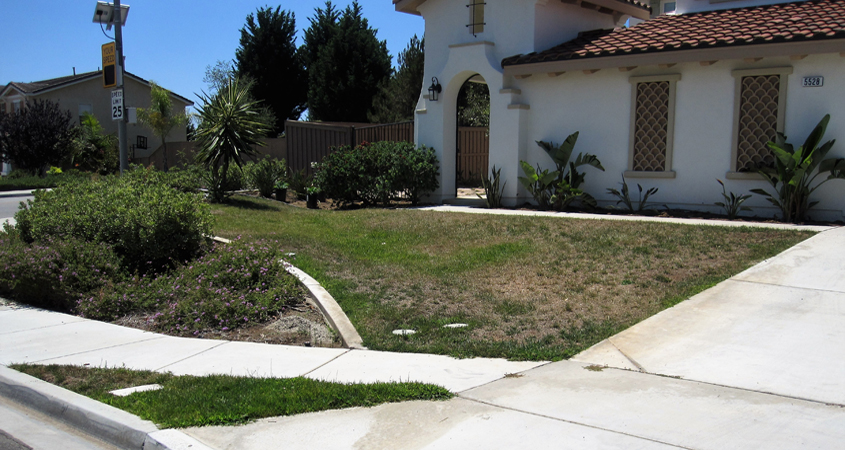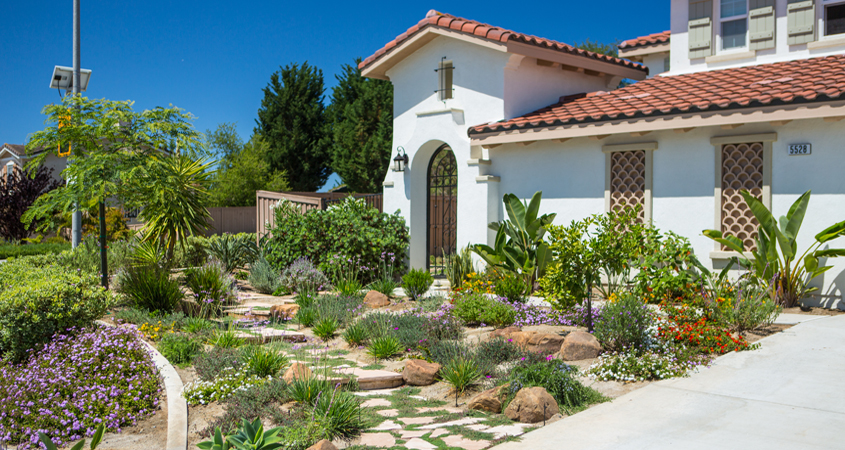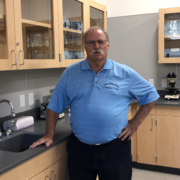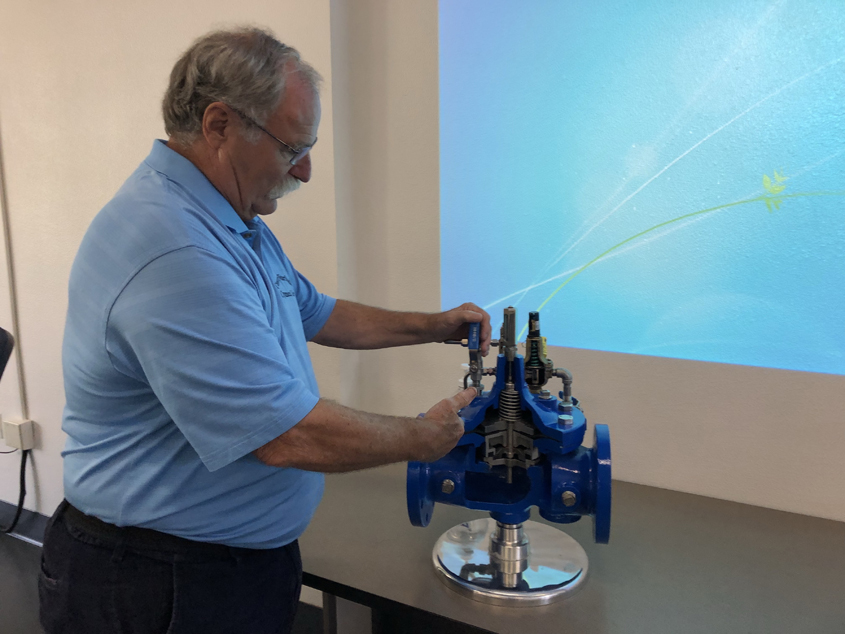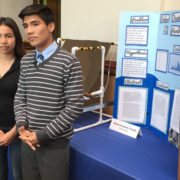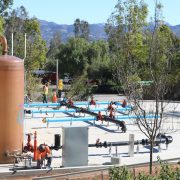El Cajon, Calif. – Cecilia Bernal came looking for a career. Essie Mae Horne was focused on occupational advancement. Michaela Maddox-Gomez wanted to explore her options before she graduates from Mt. Carmel High School.
Bernal, Horne and Maddox-Gomez were among the approximately 250 people packing the Center for Water Studies 2nd annual Women in Water – Exploring Career Pathways symposium on Jan. 17 at Cuyamaca College. The event included nearly two dozen speakers, a half-dozen panel discussions, inspirational messages from water and wastewater industry administrators, a day’s worth of networking opportunities and a bevy of information tables.
“I’m already learning so much,” said Bernal, 30, who has worked as a waitress, retail clerk and pharmacy technician. “Water and wastewater is an important industry, and it’s definitely more interesting that what I’ve done in the past.”
Retirements create room for job growth
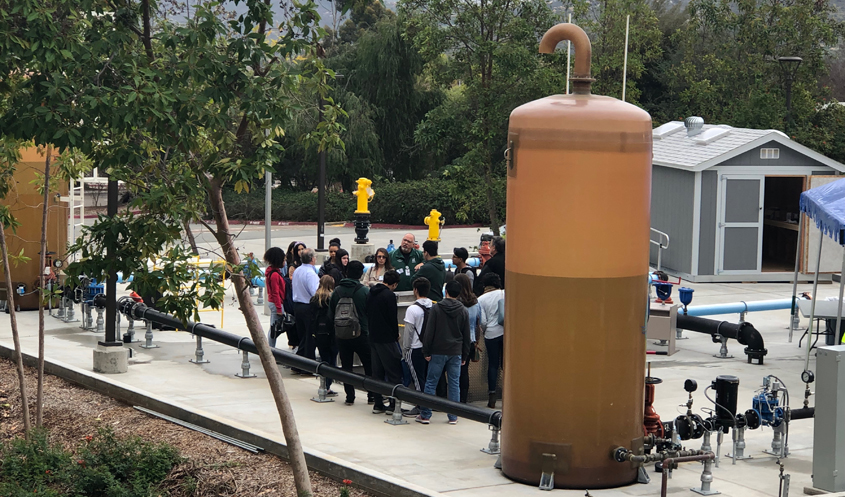
Women In Water symposium attendees take a tour of the Cuyamaca College Center for Water Studies training facility. Photo: Cuyamaca College
The opportunities are ample due to an imminent glut of retirements by an aging workforce. Forecasts call for between 1,200 and 1,500 open positions in the next three to four years in San Diego County alone, said Sandy Kerl, the San Diego County Water Authority’s deputy general manager. Forty percent of employees at the Padre Dam Municipal Water District will retire within the next three to five years, said Lisa Sorce, human resources director. Representatives from other utilities presented similar numbers.
“Our industry is experiencing a record number of job openings,” said Sweetwater Authority General Manager Tish Berge. “At Sweetwater Authority, we recruited for almost 10 percent of our workforce just this past year. In addition, water and wastewater jobs are recession-proof, especially working in the public sector. I am excited to show young women that there are great opportunities throughout our industry.”
Maddox-Gomez said she was excited to explore those opportunities.
“This is an area that is really important to our future and to my generation, and I want to learn more about it,” said Michaela, 16, who heard about the symposium from an aunt. “I want to see what kind of options I have.”
Symposium’s success a team effort
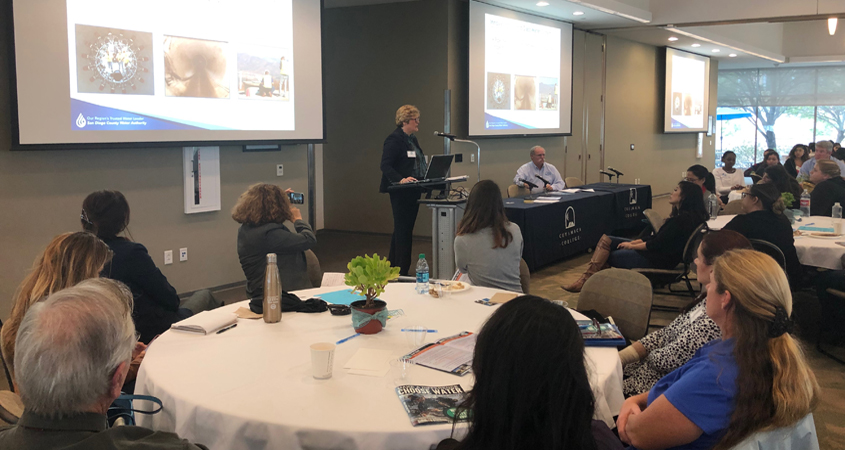
Sandy Kerl, deputy general manager of the San Diego County Water Authority, was a featured speaker at the Women In Water symposium at Cuyamaca College. Photo: Cuyamaca College
Women in Water – Exploring Career Pathways, was made possible by a grant from the National Science Foundation to promote the career advancement of women in the water industry through community college programs, industry internships, curriculum development, and outreach to high schools, transitioning military and military veterans.
Kerl, the keynote speaker, detailed the technological advances in recent years and noted there are more than 200 unique occupations in the water industry.
“If you want an exciting career, be a part of water,” Kerl said. “If you want to be a part of the future, be a part of water.”
Lisa Sorce, human relations director at Padre Dam Municipal Water District, echoed that theme. “There are so many careers in the water industry. You really have to figure out where you want to go.”
Sorce made the comment during a presentation on preparing for career advancement and promotions. For those looking to advance, Sorce said getting ready to be ready is a must. Among her suggestions: Keep an eye on who is getting promoted and find out why; secure the certifications required for positions drawing your interest; and seek out a mentor.
“Make sure your boss knows what your career plans are,” Sorce added. “Look for ways to pitch in.”
The suggestions were helpful to people such as Horne, who was so inspired by last year’s inaugural event that she recruited friends and co-workers to attend this year’s event, too.
Said Horne: “I’m looking to move forward in my career, I’m looking to network, I’m looking to see what opportunities are out there.”
Forum topics something for everyone
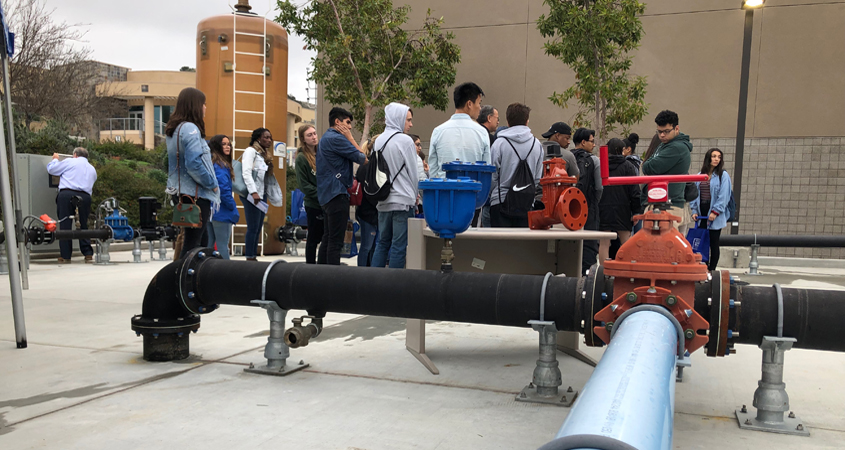
Women In Water symposium participants get a close look at the Cuyamaca College water and wastewater program training facility. Photo: Cuyamaca College
Discussions throughout the day ranged from a question-and-answer session during a general manager’s form, to building leadership skills, to internships, cooperative experience and volunteerism. Following a lunch break, Cuyamaca College officially dedicated its new Center for Water Studies and welcomed several dozen guests to an open house at the technology rich learning hub.
Approximately one-third of the attendees at the symposium were girls from local high schools, and scores sought advice from other attendees from the industry.
“I’ve been doing this kind of work for 30 years and I’ve never seen anything like this before,” said Tisa Aguero, a water systems tech supervisor for the City of San Diego Public Utilities. “This event is just amazing.”



